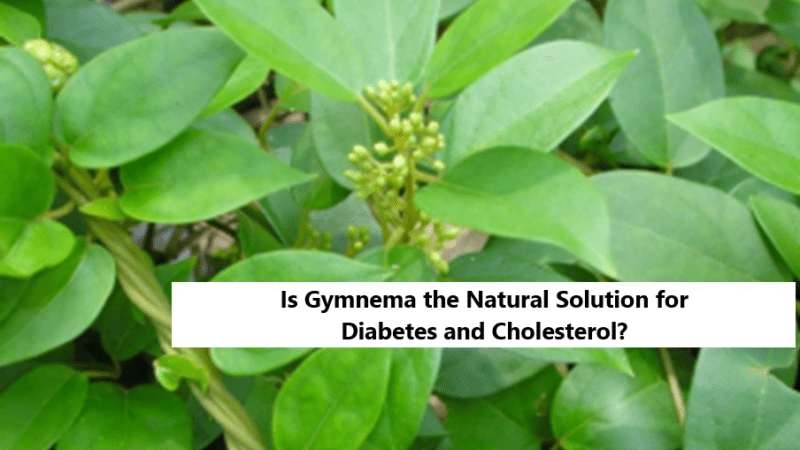Understanding the FLiRT Variant of COVID-19; What It Means

In recent reports, a new variant of Covid-19 named FLiRT has emerged, causing concern among health experts worldwide. FLiRT, part of the Omicron JN.1 lineage, is quickly spreading and is said to have the ability to evade the immune system due to specific changes in its spike proteins.
According to experts like Dr. Rajeev Gupta from CK Birla Hospital in Delhi, FLiRT is swiftly replacing its predecessor, the Eris variant, in countries like the US, UK, New Zealand, and South Korea. This shift has coincided with a rise in hospitalizations, though thankfully, the overall mortality rate has not seen a significant increase.
The nickname ‘FLiRT’ is derived from the technical names of its mutations, as explained by the Infectious Disease Society of America. Despite not causing severe lung damage like the Delta strain, FLiRT shares symptoms with other Omicron subvariants, including sore throat, cough, fatigue, and loss of taste and smell.
The World Health Organization (WHO) has recognized FLiRT as a variant of interest, urging continuous monitoring and research. Dr. Dhiren Gupta from Sir Ganga Ram Hospital emphasizes the importance of ongoing surveillance to detect any major changes in the virus.
One concerning aspect noted by experts is the potential influence of increased monoclonal antibody use on driving this mutation. While vaccines remain effective against severe illness, the ability of FLiRT to evade certain immune responses highlights the importance of ongoing research and adaptability in our approach to combating Covid-19.
As new strains continue to emerge, it’s crucial for health authorities to remain vigilant and adaptable in their response strategies. Continued public health measures, such as vaccination, testing, and monitoring of symptoms, remain key in controlling the spread of variants like FLiRT.
Also Read: Marburg Virus vs. Ebola: Similarities and Differences
Understanding the behavior and impact of FLiRT and similar variants is essential for informed decision-making and effective public health interventions. By staying informed and responsive, we can better navigate the evolving landscape of the pandemic and protect our communities.
Q&A
1. What is the FLiRT variant of Covid-19?
The FLiRT variant is a new strain of the Covid-19 virus that belongs to the Omicron JN.1 lineage. It has been observed to rapidly replace other variants in certain regions, potentially due to mutations that help it evade immune responses.
2. How is FLiRT different from other variants like Delta or Omicron?
FLiRT, while sharing symptoms with other Omicron subvariants, is noted for its ability to potentially evade certain immune responses. Unlike the Delta strain, it does not appear to cause significant lung damage but primarily affects the upper respiratory tract.
3. What are the symptoms of the FLiRT variant?
Symptoms of FLiRT are similar to those of other Omicron subvariants and may include sore throat, cough, fatigue, nasal congestion, runny nose, headache, muscle aches, fever, and possible loss of taste and smell.
4. How effective are vaccines against the FLiRT variant?
Vaccines continue to provide protection against severe illness and hospitalization caused by the FLiRT variant. However, the ability of FLiRT to evade immune responses may necessitate ongoing research into vaccine effectiveness and potential updates.
5. Why is FLiRT considered a variant of interest by the World Health Organization (WHO)?
FLiRT has been classified as a variant of interest by the WHO due to its rapid spread and potential impact on immune evasion. Continuous monitoring and research are recommended to understand its behavior and implications.
6. What measures can individuals take to protect against FLiRT and other Covid-19 variants?
To protect against FLiRT and other variants, individuals should continue following public health guidelines, including getting vaccinated, practicing good hygiene (like handwashing), wearing masks when necessary, and staying informed about local health recommendations.
7. How can healthcare systems respond to the emergence of new variants like FLiRT?
Healthcare systems can respond to new variants by enhancing surveillance efforts, expanding testing capacities, and ensuring access to updated vaccines or treatments as needed. Collaboration between researchers and public health agencies is essential for effective response strategies.
8. What are the implications of FLiRT’s ability to evade immune responses?
FLiRT’s ability to evade immune responses raises concerns about potential impacts on vaccine effectiveness and the need for ongoing surveillance to detect any significant changes in virus behavior.
9. Why might monoclonal antibody use contribute to the emergence of FLiRT?
Increased use of monoclonal antibodies may exert selective pressure on the virus, potentially driving the emergence of new variants like FLiRT. This underscores the importance of judicious use of therapies to minimize unintended consequences.
10. How should healthcare providers approach testing and treatment for FLiRT?
Healthcare providers should stay updated on testing protocols specific to FLiRT and other variants. Testing strategies may need to adapt based on emerging variants, and treatment decisions should consider evolving knowledge of variant characteristics.
11. Is FLiRT causing more severe illness compared to previous variants?
While FLiRT has led to increased hospitalizations in some regions, overall mortality rates have not significantly risen. However, ongoing monitoring is crucial to assess any changes in the severity of illness associated with this variant.
12. What role does public awareness play in controlling the spread of FLiRT and other variants?
Public awareness and adherence to preventive measures such as mask-wearing, vaccination, and testing are vital in controlling the spread of FLiRT and other Covid-19 variants. Education about variant characteristics can empower individuals to make informed decisions about their health.
13. How can global collaboration enhance our response to emerging variants like FLiRT?
Global collaboration among scientists, researchers, and health authorities enables rapid sharing of data and facilitates coordinated responses to emerging variants. This collaboration is essential for developing effective strategies to mitigate the impact of evolving Covid-19 strains.
Also Read: Understanding Complexity of Malaria, Dengue Co-Infection on World Malaria Day
14. What are the key takeaways for individuals and communities regarding FLiRT and Covid-19?
Individuals and communities should remain vigilant, stay informed about local health guidelines, and actively participate in efforts to curb the spread of Covid-19 variants like FLiRT. Adhering to recommended preventive measures and supporting ongoing research are essential components of collective efforts to combat the pandemic.











